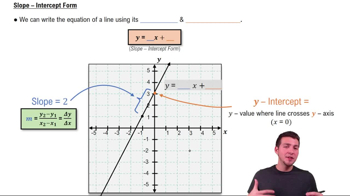Finding One-Sided Limits Algebraically
Find the limits in Exercises 11–20.
a. limx→0+ (1 − cos x) / |cos x − 1|
 Verified step by step guidance
Verified step by step guidance Verified video answer for a similar problem:
Verified video answer for a similar problem:



 5:21m
5:21mMaster Finding Limits by Direct Substitution with a bite sized video explanation from Patrick
Start learning